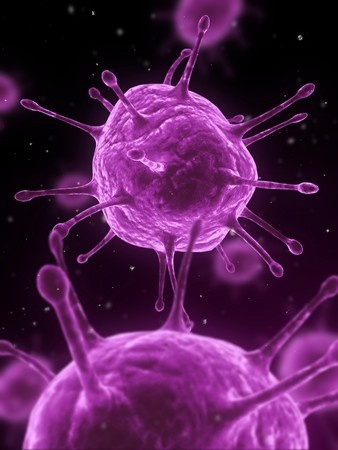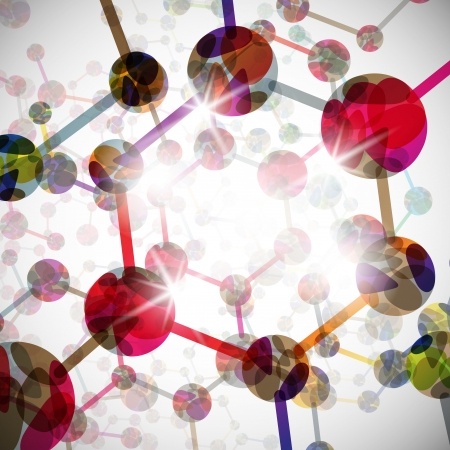Pain-free genes, artificial hearts, why women live longer than men, and the fat- BPA connection. This eclectic collection of current science news stories is brought to you by STAOBlog.
SciNews is published every Monday. Stay tuned for more.
 Biology
Biology
Altered gene leaves people totally painfree. Science News for Students
Naturally occurring changes in a previously unstudied gene can prevent people from experiencing pain. And that’s not good. It can leave them dangerously unaware of harm. Researchers presented the finding May 25 in Nature Genetics.
The gene’s name is PRDM12. Pain is the body’s way of signaling that something is wrong. Certain mutations — naturally occurring changes — in that gene keep people from feeling pain. Robbed of this warning, affected people may fail to protect themselves from unintentional injuries. Such injuries could range from skin burns or scratched eyes to missing digits. Read more …
Researchers’ Quest for an Artificial Heart. Discover
The need to mend broken hearts has never been greater. In the USA alone, around 610,000 people die of heart disease each year. A significant number of those deaths could potentially have been prevented with a heart transplant but, unfortunately, there are simply too few hearts available. Read more …
Why are 95% of people who live to 110 women? You’re as old as your stem cells. Science Daily
Human supercentenarians share at least one thing in common–over 95 percent are women. Scientists have long observed differences between the sexes when it comes to aging, but there is no clear explanation for why females live longer. In a discussion of what we know about stem cell behavior and sex, researchers argue that it’s time to look at differences in regenerative decline between men and women. This line of research could open up new explanations for how the sex hormones estrogen and testosterone, or other factors, modify lifespan. Read more …
Betrothal and the beast — fossil find spurs wedding bells. Globe and Mail
It’s not every day one gets to describe a new species of dinosaur, so Caleb Brown decided to make the most of it. In a scientific paper published Thursday in the journal Current Biology, Dr. Brown, who is a researcher with the Royal Tyrrell Museum in Drumheller, Alta., ended with a question directed at fellow paleontologist Dr. Lorna O’Brien: Read more …
Chemistry

BPA May Prompt More Fat in the Human Body. Scientific American
A new study suggests the long-held industry assumption that bisphenol-A breaks down safely in the human body is incorrect. Instead, researchers say, the body transforms the ubiquitous chemical additive into a compound that might spur obesity. Read more …
Quantum chemistry may be a shortcut to life-changing compounds. Science News
When Alán Aspuru-Guzik was in college, he really got into SETI@home, the project that uses home computers to speed the search for extraterrestrial intelligence. He was less interested in finding aliens in outer space, however, than in using fleets of computers to search molecular space. He wanted to find chemical compounds that could do intelligent things here on Earth. Read more …
Physics
Genes, isotopes and oil spills top list for research funding boost. Globe and Mail
The federal government’s primary vehicle for enabling big science has just made a $333-million delivery.
On Friday, officials with the Canada Foundation for Innovation (CFI) named its first new recipients of research infrastructure funding since 2012. The list includes dozens of science projects across the country and offers a broad snapshot of Canada’s research strengths and aspirations. Read more …
Earth and Space Science
Glaciers on ice — for now. Science News for Students
Earth’s next big chill may be on hold. Earth should be nearing another frosty period — with a year-to-year expansion of polar and mountaintop ice. But that is not happening. And the reason seems to be a growing buildup of chemicals that warm the atmosphere, the so-called greenhouse gases. Chief among them: carbon dioxide, better known as CO2. Read more …



